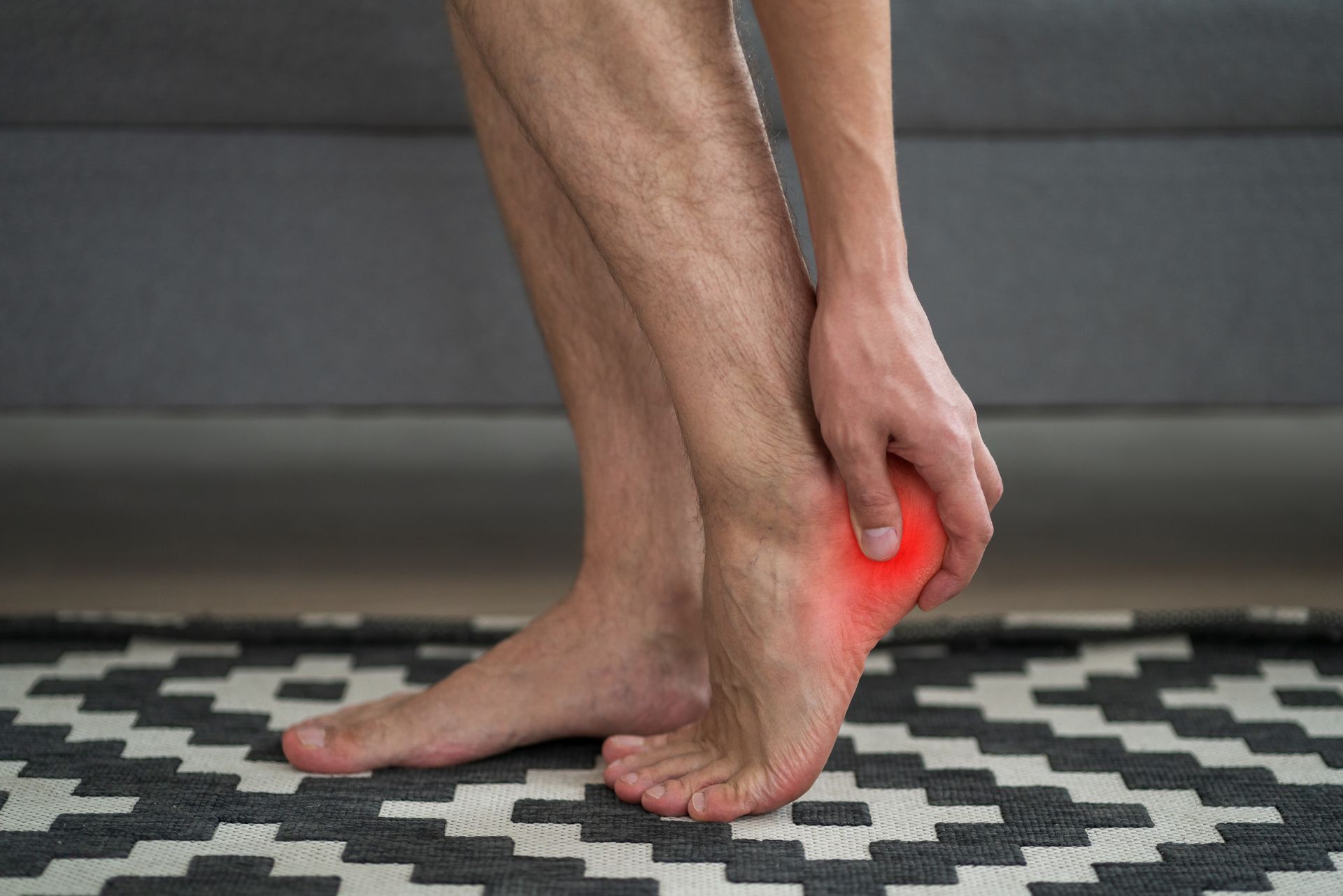Heel Spur

Relief for Chronic Heel Pain
Comprehensive Care for Heel Spurs
Heel spurs can cause sharp, stabbing pain that makes every step uncomfortable. At Performance Foot & Ankle Specialists, LLC, Dr. Joel Segalman and Dr. Stephen Lazaroff provide expert diagnosis and targeted treatments to address both the spur itself and the underlying issues that often cause it, such as plantar fasciitis or Achilles tendonitis. From orthotics, splints, and anti-inflammatory care to advanced therapies like shockwave treatment, we focus on easing pain, reducing inflammation, and restoring comfort so you can get back to walking, running, and standing without discomfort.
Start Your Journey to Wellness Today
Talk With Foot and Ankle Specialist Today!
Ready to take the first step towards healthier, pain-free feet? Contact us to schedule an appointment or to learn more about our foot and ankle services. Our dedicated podiatric team is here to provide personalized care and answer any questions you may have about your lower extremity concerns. Reach out today and let us help you achieve optimal foot health and mobility for an active lifestyle.
Schedule an Appointment
Choose the location that’s most convenient for you and book by phone or online:
- Waterbury, CT – (203) 755-0489 | Schedule Online
- Newtown, CT – (203) 270-6724 | Schedule Online

